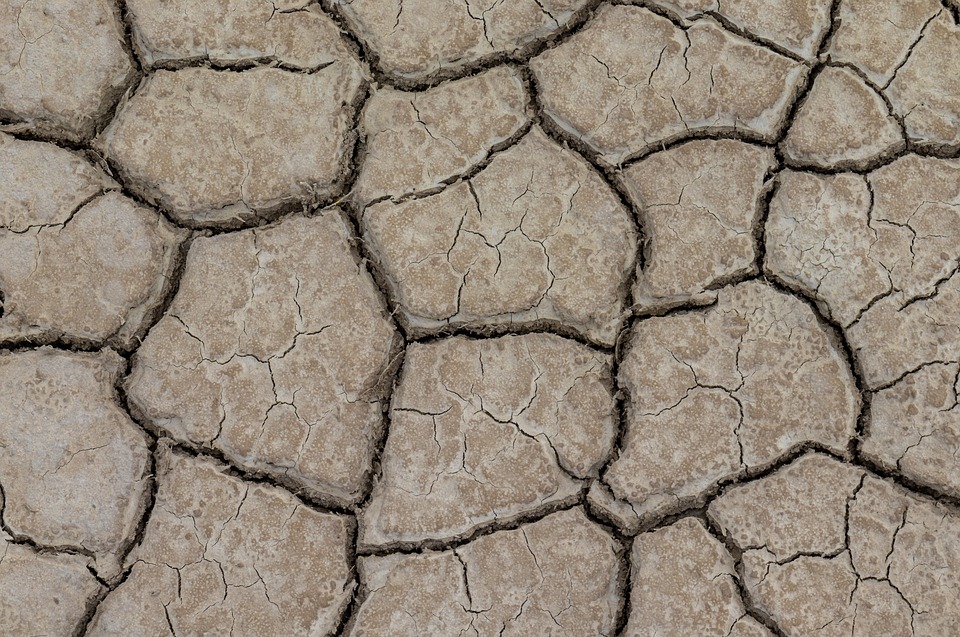Climate in Madagascar
Madagascar, the fourth largest island in the world, is renowned for its unique biodiversity and distinct ecological regions. Understanding its climate is crucial for both visitors and researchers, as it significantly influences the island’s flora, fauna, and human activities.
Geographical Location of Madagascar
Madagascar is located off the southeastern coast of Africa in the Indian Ocean. Its geographical position plays a pivotal role in shaping its climate, characterized by a diverse range of ecosystems due to varying altitudes and proximity to the ocean. The island’s topography includes coastal plains, highlands, and mountainous regions, each contributing to microclimates that affect weather patterns across the island.
Climate Classification
Madagascar features a tropical climate with distinct wet and dry seasons. The climate can be classified into several zones:
– Tropical coastal climate: Found along the eastern coast with high humidity and rainfall.
– Subtropical highland climate: Present in the central highlands, characterized by cooler temperatures.
– Semi-arid climate: Dominating the southern regions, where rainfall is scarce.
These climatic zones contribute to Madagascar’s rich biodiversity, with many species adapted to specific environmental conditions.
Seasons in Madagascar
Wet Season (November to April)
– Temperatures: Average temperatures range from 25°C to 30°C (77°F to 86°F).
– Rainfall Patterns: This season brings heavy rainfall, particularly in the eastern regions. Rainfall can exceed 1,500 mm (59 inches) annually.
– Cyclones: The wet season coincides with Madagascar’s cyclone season, where the island experiences one to four cyclones annually. These storms can cause significant damage through flooding and strong winds.
Dry Season (May to October)
– Temperature Variations: Temperatures are cooler, ranging from 15°C to 25°C (59°F to 77°F), especially in the highlands.
– Humidity Levels: The dry season sees reduced humidity and less precipitation, leading to a more stable climate conducive for agriculture.
– Vegetation and Wildlife Activity: Many plants enter dormancy due to lower moisture levels, while wildlife adapts by altering feeding and breeding behaviors.
Regional Climate Variations
Madagascar exhibits significant regional climate variations:
– Coastal Areas: Experience high humidity and frequent rainfall.
– Highlands: Have cooler temperatures and can experience frost.
– Southern Regions: Characterized by aridity and prolonged droughts, particularly affecting agriculture and water supplies.
These variations are influenced by altitude and ocean currents, which create diverse habitats across the island.
Impact of Climate on Biodiversity
Madagascar’s climate is integral to its biodiversity. The island is home to numerous endemic species; about 80% of its flora and fauna cannot be found anywhere else on Earth. Climate influences:
– Flora: Different plant species thrive in specific climatic conditions; for example, tropical rainforests flourish in humid areas while drought-resistant species dominate arid regions.
– Fauna: Many animal species depend on specific plant types for food; changes in climate can disrupt these relationships, threatening survival.
Conservation efforts are crucial as Madagascar’s unique ecosystems face threats from both natural climatic changes and human activities such as deforestation.
Climate Change and Its Effects on Madagascar
Climate change poses a significant threat to Madagascar’s environment:
– Increased Temperatures: Projections indicate an increase of 1.1–2.6 °C by mid-century, impacting ecosystems and agriculture[2].
– More Intense Cyclones: While cyclones may become less frequent, those that do occur are expected to be more severe, leading to increased flooding risks[2][3].
– Droughts: Southern Madagascar has already experienced severe droughts affecting food security for millions[5].
These changes threaten not only biodiversity but also human livelihoods that rely heavily on agriculture and natural resources.
FAQs
– What is the best time to visit Madagascar?
The dry season (May to October) is generally considered the best time for travel due to milder weather conditions.
– How does climate change affect local communities?
Communities face challenges such as food insecurity due to crop failures from droughts or flooding from cyclones, exacerbating poverty levels[5].
Conclusion
Madagascar’s climate is characterized by its tropical nature with distinct wet and dry seasons that greatly influence its unique biodiversity. Understanding these climatic patterns is essential for effective conservation strategies and for visitors planning their trips. As climate change continues to impact weather patterns, it becomes increasingly important to address these challenges to preserve both the island’s ecosystems and the livelihoods of its people.

Kyle Whyte is a notable scholar and professor at the University of Michigan, holding positions such as the George Willis Pack Professor in the School for Environment and Sustainability and Professor of Philosophy. Specializing in environmental justice, his work critically examines climate policy and Indigenous peoples’ ethics, emphasizing the nexus between cooperative scientific endeavors and Indigenous justice. As an enrolled Citizen Potawatomi Nation member, he brings a vital perspective to his roles as a U.S. Science Envoy and member of the White House Environmental Justice Advisory Council. His influential research is supported by various prestigious organizations including the National Science Foundation, and disseminated through publications in high-impact journals. Kyle actively contributes to global Indigenous research methodologies and education, with affiliations to numerous institutes and societies dedicated to traditional knowledge and sustainability. Recognized for his academic and community engagement, Kyle has earned multiple awards and served in various visiting professorships. His efforts extend to leadership positions on boards and committees focused on environmental justice nationwide.
